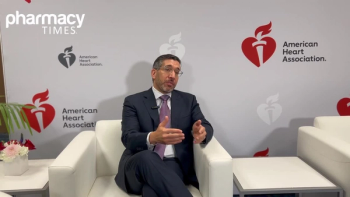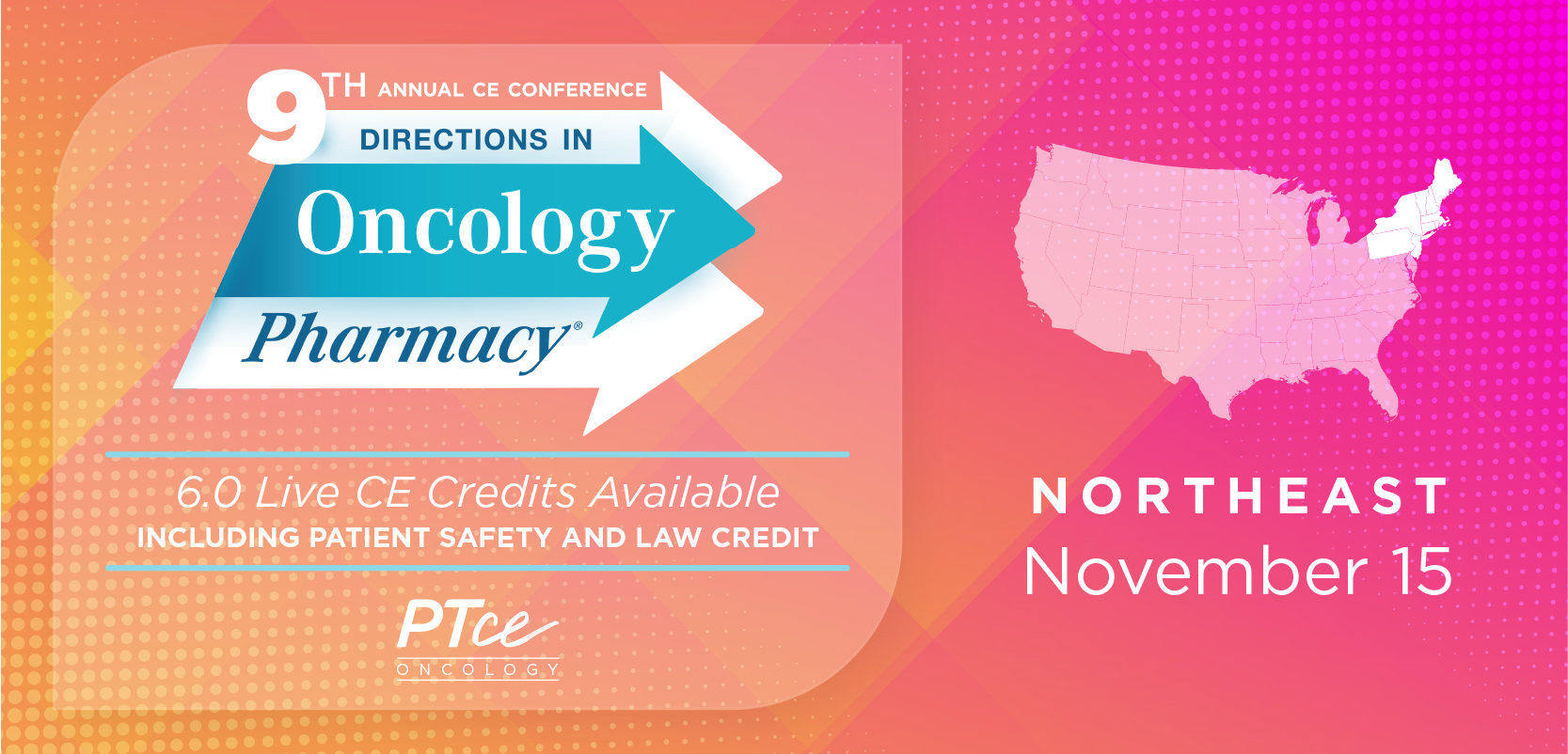Pharmacy Practice in Focus: Health Systems
- November 2025
- Volume 14
- Issue 6
Looking Forward to 2026: Do More With Less
Key Takeaways
- The "One Big Beautiful Bill Act" will cut over $1 trillion from health programs, increasing uninsured rates and financial strain on health systems, especially in underserved areas.
- Changes in the 340B program, including a shift to rebate models and increased audits, will challenge covered entities, impacting savings and compliance oversight.
The new year can present challenges to health-system pharmacy.
With this being the final issue of Pharmacy Practice in Focus: Health Systems for 2025, it seems timely to discuss important issues that may affect your health-system pharmacy enterprise in 2026. Although predicting the future is always fraught with hazards, below are several important issues that appear to be certain for the coming year and will demand your attention. Some of these issues have a broad impact on health care systems and therefore will affect decision-making in pharmacy, whereas others are more specific to health-system pharmacy. Regardless, these issues are anticipated to have a big impact in 2026.
No discussion of health care for 2026 is complete without considering the potentially profound impact of "the One Big Beautiful Bill Act" being passed into law this past summer. This legislation cuts more than $1 trillion from health programs over the next 10 years and will result in more than 10 million people losing health coverage. An additional 5 million individuals are expected to lose coverage when Congress, as anticipated, allows financial assistance for individuals with Affordable Care Act (ACA) marketplace plans to expire at the end of this year. Besides cutting revenue for hospital services by hundreds of billions of dollars, it is also projected that uncompensated care will increase by as much as $278 billion during the same period. This financial impact will be felt most acutely in Medicaid expansion states, as well as rural and urban areas with underserved populations. It has been estimated that hundreds of rural hospitals will be put at risk of closure as a result of changes under "the One Big Beautiful Bill Act" and the expiration of ACA subsidies.1-4 Public health research has shown that loss of health care access can lead to delays in diagnosis and treatment of acute health care needs, leading to later presentation with chronic and more costly health care needs. Health systems will face greater financial distress and are likely to need to cut back services, consider workforce reductions, and make other difficult decisions to remain viable. Pharmacy executives should anticipate being asked to forgo capital expenditures, reduce workforce through attrition, identify cost-reduction measures, and pursue other revenue streams.
In other words: Do more with less. For many decades, the pendulum of federal health policy has swung between considering health care access as a privilege vs. a human right. The current Congress and executive administration have made the largest swing in the modern history of the pendulum toward health care being a privilege. Unfortunately, given that we all share the same system for the provision of health care, regardless of privilege, it will affect all of us in some way.
For institutions that qualify as covered entities (CEs) under the federal 340B program, especially those that qualify as disproportionate share hospitals, 2026 promises to be a year of additional challenges. First, the pilot program, which permits several manufacturers to move some high-cost drugs from the usual up-front discount to a backend rebate model, is slated to go live January 1, 2026. Many in the 340B CE community fear that this will rapidly expand to many other manufacturers and drugs—once you crack this door open, there is no closing it. This will be a costly administrative burden for CEs and will negatively impact 340B program savings. A rebate model will also have the potential to severely undermine any remaining contract pharmacy activity. The CE community is also very concerned that this will, in effect, shift compliance oversight of the 340B program from the Health Resources and Services Administration (HRSA) to the pharmaceutical industry and its third-party partners engaged to manage the rebate programs—the very definition of the “fox in the henhouse” idiom.
Secondly, the Centers for Medicare & Medicaid Services (CMS) has notified CEs of its plan to conduct a survey of hospital drug acquisition costs, which will be used to inform the rate setting under the Outpatient Prospective Payment System (OPPS) for fiscal year 2027. It is anticipated that this will lead to sharp cuts in reimbursement for 340B CEs under OPPS starting in October 2026, similar to what was enacted in 2018 under the first Trump administration. This level of cuts for reimbursement for outpatient drug administration could severely undermine financial resources for safety net providers and further compromise services to underserved populations. This will also be a budget-neutral change in OPPS rates, which means CMS will be shifting financial benefits from safety net providers to other providers that do not serve a high proportion of underserved communities, further eroding care for this population. Pharmacy leaders need to make decisions concerning their planned response to survey requests and anticipate the financial impact of OPPS cuts.
Thirdly, the HRSA appears to have significantly lowered the bar for approving industry requests for audits of CEs. This is accompanied by an apparent significant increase in audit requests from members of the Pharmaceutical Research and Manufacturers of America. For CEs, this also feels like the HRSA abdicating its responsibility for oversight of 340B program compliance to the industry, who clearly have a strong conflict of interest. Health-system pharmacy leaders should anticipate requests for industry audits in 2026.
Three other important areas that will shape decisions in health-system pharmacy in 2026 are the continued growth of cell and gene therapy (CGT), the ongoing workforce challenges, and the need to embrace artificial intelligence (AI)-assisted solutions. CGT promises to evolve into the single largest source of supply chain cost and revenue potential for health systems over the coming years. Health-system pharmacy leaders should play a leading role in ensuring that their system has a systematic process to assure cross-departmental, collaborative approaches to developing a CGT program that is viable and sustainable. Unlike small molecule and specialty pharmaceuticals, a successful CGT program requires involvement of many resources, including clinical departments, operations, procedural areas, managed care, finance, pharmacy, legal, information systems, medical ethics, and others in a well-coordinated, core resource–minded approach.5 Pharmacy leaders must be at the table from day 1.
Workforce challenges continue in health-system pharmacy, especially for skilled and experienced pharmacy technicians. Pharmacy leaders will need to continue to pursue novel approaches to recruit, train, reward, and retain pharmacy technicians. Although technology and AI-assisted tools may provide some relief, we remain highly dependent on talented technicians.
Finally, the cautious and thoughtful adoption of AI-assisted tools is imperative for health-system pharmacy. There are both direct and indirect patient care applications, and the early adoption of indirect patient care tools is likely to occur faster due to fewer concerns about safety and reliability, as well as the potential impact on the quality of patient care. Pharmacy leaders and frontline pharmacy staff need to develop expertise in not only their application but also auditing reliability and safety. We can—and should—carefully embrace AI as a copilot that can be valuable in rapidly evolving the practice of health-system pharmacy.
Just like the past several years, 2026 will represent a busy and challenging—and hopefully rewarding—year for health-system pharmacy.
REFERENCES
One Big Beautiful Bill Act, HR 1, 118th Cong (2023). Accessed October 4, 2025.
https://www.congress.gov/crs-product/R48569#:~:text=CBO%20estimates%20the%20Medicaid%20provisions%20would%20reduce,in%20FY2034%20due%20to%20the%20Medicaid%20provisions HR 1 “big bill” even worse than expected. Center for Medicare Advocacy. August 7, 2025. Accessed October 4, 2025.
https://medicareadvocacy.org/h-r-1-big-bill-even-worse-than-expected/ Goldman DL. HR 1 strips vital health, nutrition and economic resources from poorest, most vulnerable Americans. George Washington University Milken Institute School of Public Health. July 3, 2025. Accessed October 4, 2025.
https://publichealth.gwu.edu/hr-1-strips-vital-health-nutrition-and-economic-resources-poorest-most-vulnerable-americans Sullivan L. June-July research roundup: anticipated effects of HR 1 on health insurance coverage, affordability, and uncompensated care. Georgetown University McCourt School of Public Policy. July 24, 2025. Accessed October 4, 2025.
https://chir.georgetown.edu/june-july-research-roundup-anticipated-effects-of-h-r-1-on-health-insurance-coverage-affordability-and-uncompensated-care/ Bakst C, Peroutky R. Cell and gene therapy programs: how to launch, optimize, and deliver CGTs sustainably. Advisory Board. December 31, 2024. Updated January 2, 2025. Accessed October 4, 2025. https://www.advisory.com/topics/clinical-innovation/2025/01/cell-gene-therapy-programs
Articles in this issue
Newsletter
Stay informed on drug updates, treatment guidelines, and pharmacy practice trends—subscribe to Pharmacy Times for weekly clinical insights.























































































































































































































